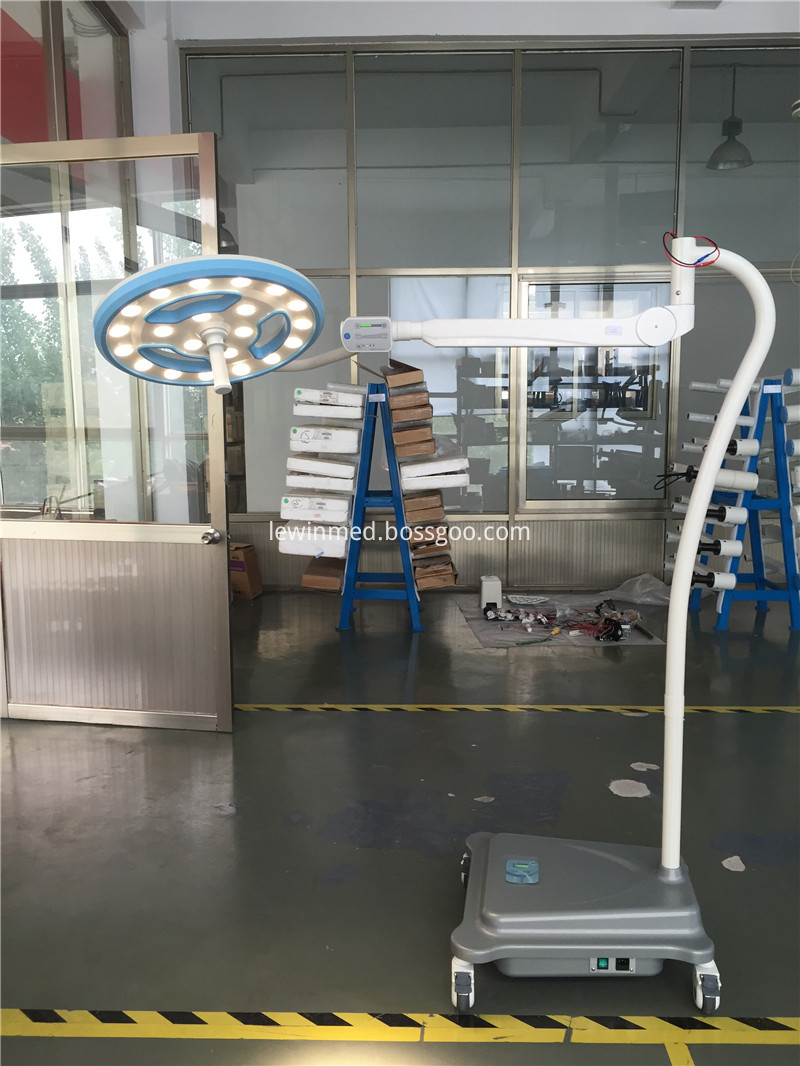Garlic pests are primarily root-feeding insects, which are among the most common and destructive pests affecting garlic crops. There are as many as 12 species that attack the roots of garlic, with four of them being the most damaging: onion thrips, late nymphs, gray mole crickets, and radish flies. These pests feed on the surface or burrow into the cloves, creating yellow-brown holes that lead to rotting, smaller bulbs, and cracked garlic, all of which result in significant economic losses. Understanding the biological characteristics and life cycle of these pests is essential for effective control. Below are several methods for prevention and management.
1. **Agricultural Control**
(1) Improve soil preparation by removing garlic, onion, and sorghum residues from fields, roadsides, and surrounding areas before planting. Water the bottom of the road to reduce pest populations. Combine this with deep plowing (30–40 cm) and proper leveling of the field to create a favorable growing environment.
(2) Choose high-quality garlic varieties, preferably virus-free ones from different regions. Select large, healthy cloves, and avoid using moldy or rotten ones. Plant at a depth of about 4 cm, ensuring the soil is loose and well-covered.
(3) Apply mulch film carefully to prevent cracks that could allow pests to enter. Make small seedling holes and loosen the soil around the base of the sprouts, then cover them promptly.
(4) Implement scientific fertilization practices. Use 30–40 kg of well-decomposed organic manure instead of farmyard manure to improve soil health and reduce pathogen buildup. Additionally, apply 80–100 kg of bio-composite fertilizer for better nutrient balance.
(5) Keep garlic fields away from onions and other related crops as much as possible. After harvest, remove all plant residues to minimize pest populations in the field.
2. **Chemical Control**
(1) Soil treatment: At the end of the season, mix bacteria line Wei water at a dilution of 3500 times and pour it into the garlic field. Cover the area with plastic film to suffocate overwintering larvae and pests.
(2) Growth prevention:
1. Use fully decomposed organic fertilizer or spray 800–1000 times diluted 90% trichlorfon during tilling. Then stack the tilled material. During autumn and winter irrigation, if pests are severe, spray the plants and ground with 25% imidacloprid at 1000 times dilution. Alternatively, use 22.5% deltamethrin emulsifiable concentrate diluted 2000 times.
2. Sweet and sour trapping: Mix sugar, vinegar, wine, and water in a ratio of 3:3:1:10, and add 1/10 of 90% trichlorfon to the mixture. Place 8–10 bowls per acre, and add vinegar every other day to maintain effectiveness.
By combining these agricultural and chemical measures, farmers can significantly reduce the impact of root pests on garlic crops, ensuring healthier growth and higher yields.
Hollow Mobile OT Lamp
Hollow type Creled 5500M mobile led operating light. The service life of LED shadowless lamp is long (50,000h), far longer than that of traditional tungsten halogen lamp (1,500h), and it is over twenty times of the service life of energy saving lamp. Mobile LED Operating Lamp no welding titanium alloy arm and the streamline-designed lamp cap better meet the design requirements of modern clean laminar flow operation rooms. Its fashionable appearance provides a new attraction for hospital operation rooms.Mobile LED Operating Lamp with real "cold" light source: Using LED as the light source. No worry about the heat of operation area and head.

Hollow Mobile OT Lamp,Battery OT LED Light,Dental Operating LED Light,Mobile Surgery Room Light
Shandong Lewin Medical Equipment Co., Ltd. , https://www.lewinmed.com
